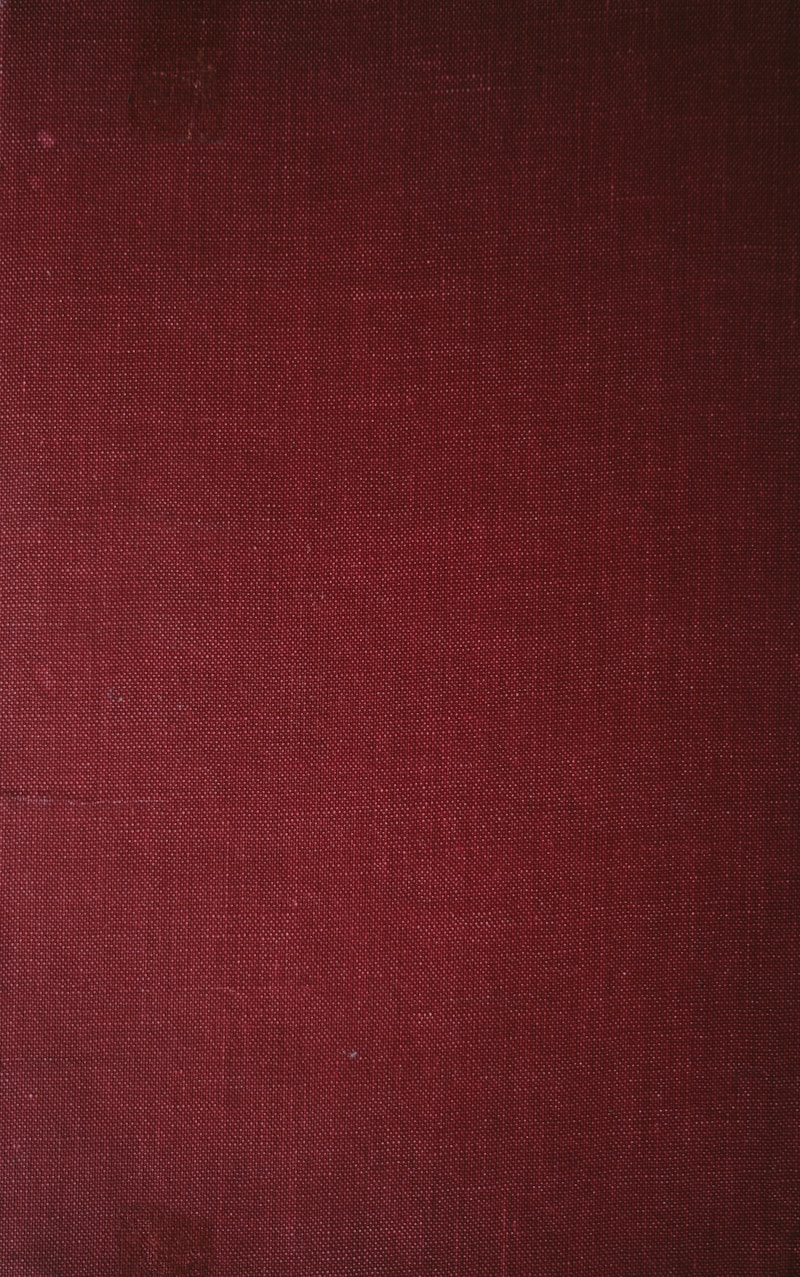The Art and Science of Mixing Fabrics: A Comprehensive Guide
The Art and Science of Mixing Fabrics: A Comprehensive Guide
Understanding the Dynamics of Mixing Fabrics
Mixing fabrics is an essential skill for anyone involved in fashion design, home decor, or crafting. The ability to blend different materials can elevate the aesthetic appeal of a project, enhance texture, and achieve a unique look. In this article, we will explore the principles of mixing fabrics, the various types of fabrics you can combine, and tips to create harmonious and visually appealing compositions.
The Importance of Fabric Selection
When it comes to mixing fabrics, the first step is understanding the properties of different materials. Each fabric type brings its own texture, weight, and drape, which can influence the final outcome of your project. Here are some popular fabric types and their characteristics:
| Fabric Type | Characteristics | Best Uses |
| Cotton | Breathable, soft, and easy to sew | T-shirts, dresses, home textiles |
| Silk | Luxurious, smooth, and lightweight | Evening gowns, scarves, lingerie |
| Linen | Textured, absorbent, and breathable | Summer clothing, tablecloths, curtains |
| Wool | Warm, durable, and elastic | Coats, sweaters, blankets |
| Polyester | Strong, wrinkle-resistant, and versatile | Sportswear, upholstery, costumes |
Principles of Mixing Fabrics
Successful fabric mixing is not just about choosing different fabrics; it requires a keen eye for balance and harmony. Here are some guiding principles to help you mix fabrics effectively:
1. Consider Color and Pattern
The combination of colors and patterns can significantly impact the overall look of your project. When mixing fabrics, aim for a cohesive color palette. This can include using complementary colors, analogous colors, or a monochromatic scheme. Patterns can also play a crucial role; mixing a bold print with a solid fabric can create an exciting juxtaposition, while subtly patterned fabrics can add depth without overwhelming the design.
2. Mix Textures
Combining different textures can add visual interest and tactile appeal to your project. Pairing a smooth fabric like silk with a textured fabric like linen can create a dynamic fabric story. Think about how the fabrics will feel when layered or combined, and aim for a balance that feels pleasant to the touch.
3. Experiment with Weight
Understanding the weight of fabrics is crucial when mixing. Lighter fabrics like chiffon can be combined with heavier materials like denim, but consideration must be given to how they will behave when sewn together. For garments, layering should be thoughtfully planned to avoid awkward draping or sagging.
Practical Tips for Mixing Fabrics
Here are some practical tips to help you successfully mix fabrics:
1. Start Small
If you're new to fabric mixing, start with small projects like cushions or tote bags where you can experiment without the pressure of a larger commitment.
2. Create a Mood Board
Gather swatches of the fabrics you want to combine and create a mood board. This visual representation will help you assess how the fabrics work together in terms of color, texture, and pattern.
3. Test Swatches
Cut small swatches of your chosen fabrics and lay them together to see how they interact. This will allow you to visualize how they complement or contrast with each other before committing to a full project.
4. Keep Functionality in Mind
Consider the final use of the piece you are creating. If it's a garment, ensure that the fabric combination allows for ease of movement and comfort. For home decor, think about durability and ease of cleaning.

Common Questions about Mixing Fabrics
1. Can I mix fabrics of different care requirements?
While it's possible to mix fabrics with differing care requirements, it may complicate maintenance. For example, combining machine-washable fabrics with dry-clean-only materials can limit your options when caring for your finished item.
2. How do I prevent fabric bunching when mixing weights?
To prevent issues of bunching, consider using a stabilizer when sewing different weight fabrics together. This ensures that the lighter fabrics do not shift or pucker during the sewing process.
3. Are there any fabrics that should never be mixed?
There's truly no hard and fast rule about fabric mixing, but caution should be exercised when combining fabrics that have significantly different properties, such as stretchiness or transparency. Always test how the fabrics work together before committing to a project.
Conclusion
Mixing fabrics can seem daunting at first, but with the right knowledge and techniques, you can create stunning, professional-looking pieces. Always remember to consider color, texture, and weight when combining different materials, and don’t hesitate to experiment. The more you practice, the more intuitive fabric mixing will become.
As you embark on your fabric mixing journey, keep in mind the importance of starting small, testing your combinations, and being mindful of the final project’s purpose. With the right approach, you'll be able to harness the art and science behind mixing fabrics to express your creativity and achieve beautiful results.
